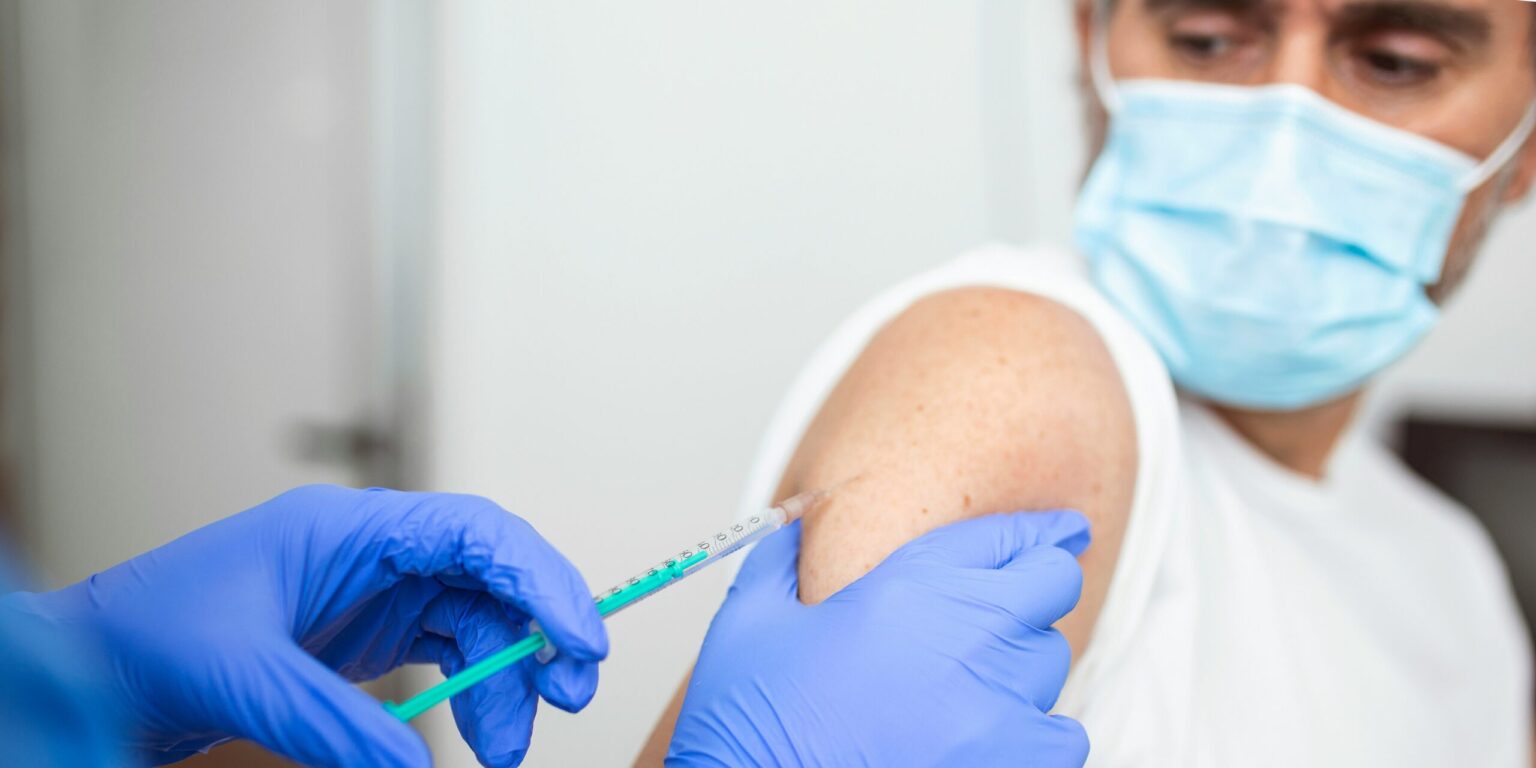As the 2025–26 influenza season approaches, health authorities across the United States are intensifying efforts to encourage widespread vaccination. The Centers for Disease Control and Prevention (CDC), alongside other public health agencies, has reiterated its strong recommendation that everyone aged six months and older receive a flu shot this season. With updated vaccines, improved accessibility, and expanded insurance coverage, officials aim to prevent another devastating wave of infections and hospitalizations.
The urgency of this year’s campaign stems in large part from the severity of last season’s flu outbreak. The 2024–25 flu season proved to be one of the deadliest in recent history, with more than 600,000 hospitalizations and over 26,000 flu-related deaths reported nationwide. Tragically, pediatric fatalities reached a record high, with most of the affected children found to be unvaccinated. Public health leaders are determined to avoid a repeat of that grim toll, and they are leveraging a combination of medical innovation and community outreach to boost vaccination rates.
This year’s flu vaccine has been updated to better match the strains predicted to circulate most widely. It includes two subtypes of influenza A and one subtype of influenza B, all chosen based on global surveillance data. Importantly, the H3N2 component—often responsible for severe illness—has been revised to improve protection. These enhancements are part of a trivalent vaccine formulation designed to maximize coverage for the upcoming season.
Distribution efforts are already underway, with manufacturers expected to supply up to 154 million doses for the U.S. market. Pharmacies, clinics, and healthcare providers are being stocked in advance of the early autumn push. In a notable move toward greater inclusivity and public trust, the CDC recently endorsed a recommendation from its Advisory Committee on Immunization Practices to prioritize thimerosal-free, single-dose formats—especially for children, pregnant individuals, and those with preservative sensitivities.
Read Also: https://mensinsider.com/exploring-the-latest-trends-in-preventive-healthcare/
For the first time, Americans now also have access to an at-home flu vaccination option. FluMist, a nasal-spray vaccine traditionally administered in clinics, has been approved for home use for individuals aged two to 49. This innovation removes barriers associated with in-person appointments and may significantly improve uptake among those who are vaccine-hesitant, have limited mobility, or lack transportation. By making the process more convenient and less invasive, public health experts hope to reach broader demographics, including younger populations and busy caregivers.
The campaign also benefits from policy continuity: most private insurance plans, as well as Medicare and Medicaid, continue to cover flu vaccines at no out-of-pocket cost. This means the primary barrier for many Americans is not affordability but awareness and willingness to schedule or self-administer the shot. Public health messaging has shifted to emphasize both personal protection and communal responsibility, especially as flu seasons increasingly overlap with other respiratory virus outbreaks, including COVID-19 and RSV.
Timing remains critical. While vaccination is most effective when administered before flu activity begins to climb—typically in October—health officials stress that it’s never too late in the season to get protected. Flu viruses tend to circulate through early spring, and vaccination at any point can reduce the risk of severe illness, hospitalization, and transmission to vulnerable individuals.
Looking ahead, the CDC and Department of Health and Human Services plan to roll out targeted outreach campaigns in schools, senior centers, and community health clinics. These efforts will be supported by digital campaigns and multilingual materials to ensure that the message reaches diverse communities. The use of mobile vaccination units is also expected to expand, bringing flu shots to underserved rural and urban neighborhoods alike.
In light of the ongoing threat posed by influenza, especially in the wake of last season’s alarming statistics, the push for vaccination this fall is both timely and necessary. With better-matched vaccines, new administration options, and widespread insurance coverage, health leaders are hopeful that more Americans will take the simple but impactful step of getting vaccinated. The stakes are clear, and the tools are available—what remains is the collective will to act before the virus gains a foothold.
